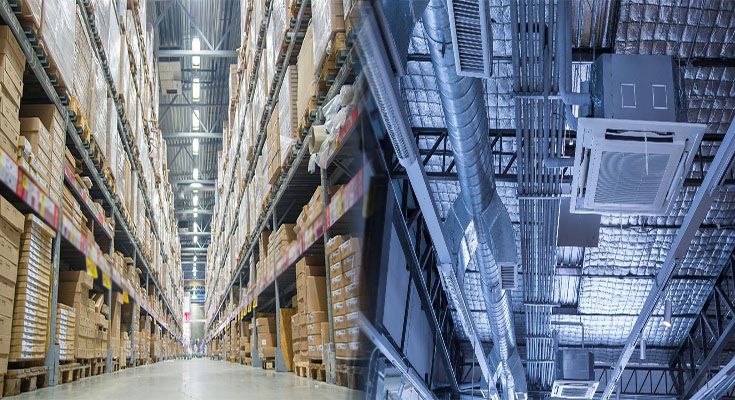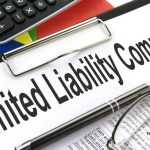In today’s competitive business landscape, finding ways to optimize costs is crucial for commercial entities. One major area where cost optimization can be achieved is in managing the energy expenses. With rising energy prices and increasing environmental concerns, it is imperative for businesses to focus on commercial energy cost optimization. This article will outline some practical steps that can be taken to reduce energy expenses and increase overall efficiency.
Conduct an Energy Audit
The first step in optimizing commercial energy costs is to conduct a comprehensive energy audit. This audit involves analyzing the energy consumption patterns and identifying potential areas for improvement. By hiring an energy expert or utilizing energy management software, businesses can gain valuable insights into their energy consumption habits, identify energy wastage, and uncover opportunities for optimization.
Implement Energy-Efficient Practices
One of the most effective ways to reduce energy costs is by implementing energy-efficient practices throughout the organization. This can include upgrading to energy-efficient appliances, installing energy-efficient lighting systems, and utilizing smart energy management systems. By making these changes, businesses can significantly reduce their energy consumption, translating into cost savings over time.
Embrace Renewable Energy Solutions
Another strategy to optimize commercial energy costs is to consider embracing renewable energy solutions. Renewable energy sources such as solar or wind power can provide businesses with a sustainable and cost-effective alternative to conventional energy sources. Installing solar panels, for example, can not only reduce energy expenses but also enable businesses to generate their own electricity and potentially sell excess energy back to the grid.
Implement Energy Management Systems
To monitor and control energy usage effectively, businesses should consider implementing energy management systems. These systems can provide real-time data on energy consumption, allowing for better tracking and analysis. By identifying high-consumption areas and setting energy usage targets, businesses can take proactive measures to reduce energy costs and improve overall efficiency.
Employee Engagement and Education
Engaging employees in energy-saving initiatives and providing them with the necessary education and training can greatly contribute to commercial energy cost optimization. By raising awareness about energy consumption and encouraging responsible energy use, businesses can foster a culture of energy efficiency within their organization. Simple actions such as turning off lights when not in use, using power-saving settings on devices, and being mindful of energy consumption can make a significant impact on cost reduction.
Monitor and Adjust Energy Usage
Commercial energy cost optimization is an ongoing process that requires consistent monitoring and adjustment. By regularly tracking energy usage data and analyzing consumption patterns, businesses can identify trends and implement necessary changes. The implementation of energy targets and key performance indicators (KPIs) can also be helpful in evaluating the success of energy-saving initiatives and identifying areas for further improvement.
Commercial energy cost optimization is not only beneficial for the bottom line but also for the environment. By conducting energy audits, implementing energy-efficient practices, embracing renewable energy solutions, utilizing energy management systems, engaging employees, and consistently monitoring energy usage, businesses can significantly reduce energy expenses while increasing overall efficiency. By taking proactive steps towards commercial energy cost optimization, businesses can gain a competitive edge, contribute to sustainability efforts, and ensure long-term profitability.










